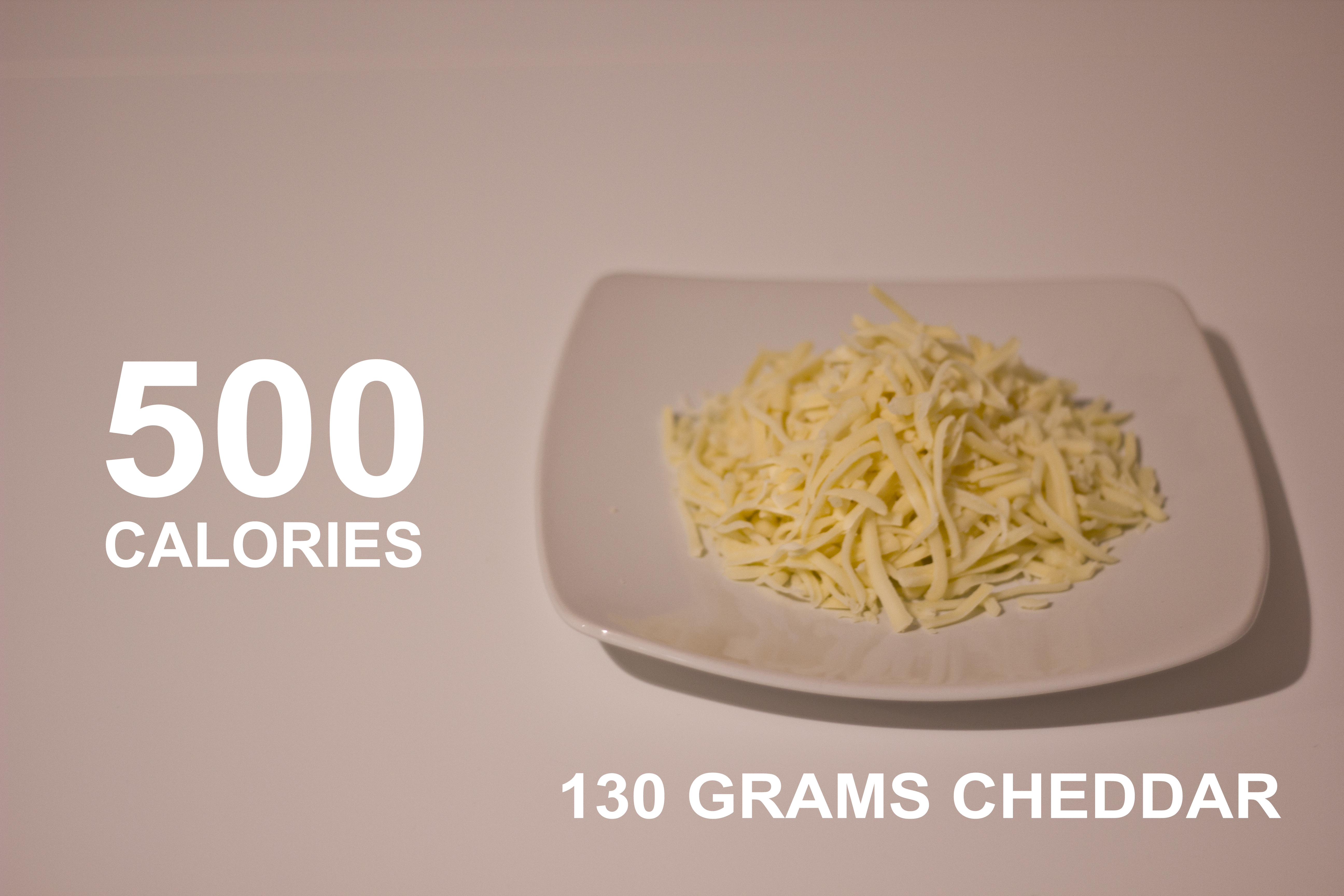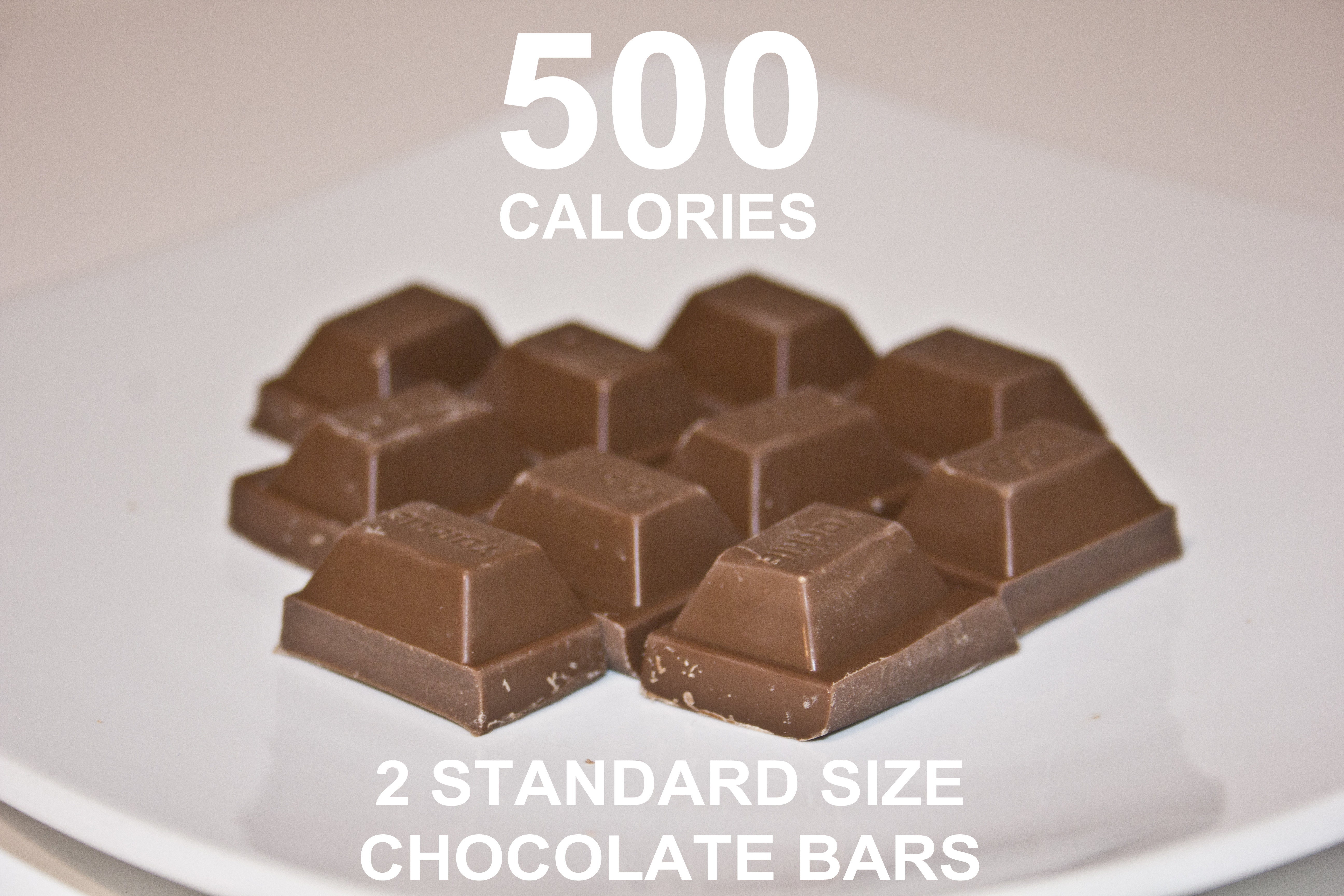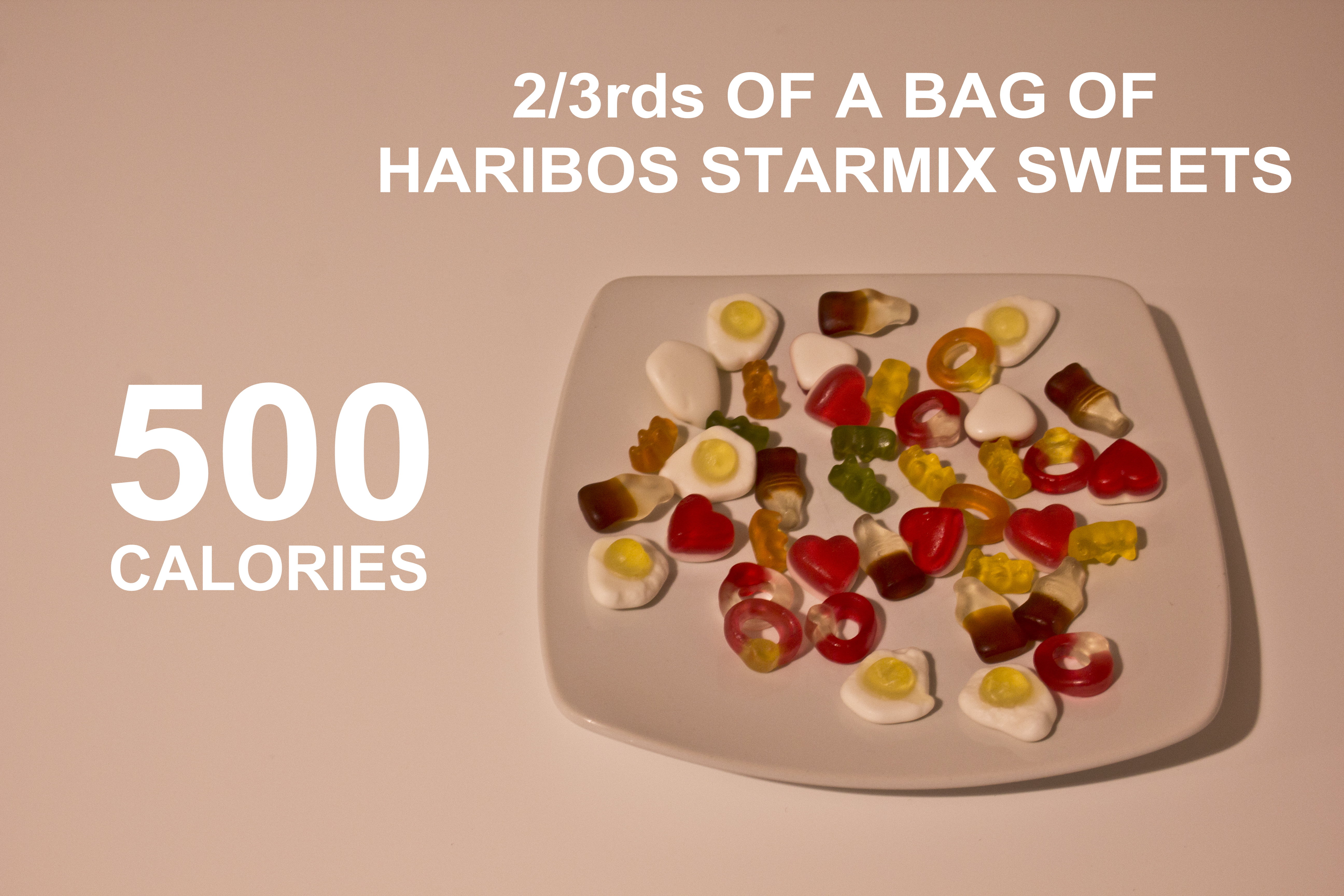Fat loss is hard. It takes time, perseverance and consistent focus on healthy eating and exercise.
What does ‘healthy eating’ mean anyway? I would suggest (based on my professional experience of working with the general public) for most people, it means a balance of making sensible choices and having a little of what you fancy now and then. Quite right too. In the context of fat loss, however, there is a fine line between ‘now and then’ and too often.
For me, I love food and am passionate about it. I find eating a pleasure and I love the sensation of taste, the satisfaction of a good meal and the comfort of my favourite foods. I do, however, set myself certain ‘rules’ when it comes to eating.
Good v’s Bad Foods
One of these ‘rules’ is food is not dirty or bad. So many times my clients describe their week as a ‘bad’ food week because they had a dessert or a glass of wine during dinner one night. A ‘bad week’ equals a feeling of failure and that feeling of ‘failure’ demotivates us and can often leave us feeling bad about ourselves.
I coach my clients into the thinking of necessary or unnecessary foods. For example; we need a balance of food (i.e. quality carbohydrates, proteins and healthy fats) to achieve a good level of health and well being. A Chinese takeaway and a pint of lager doesn’t really meet that description and, therefore, isn’t necessary for our overall health. A nice treat perhaps, but not necessary.
Fat Loss; it’s all in the numbers
Based on my professional experience, people struggle to lose body-fat for two main reasons when it comes to nutrition – 1) They don’t manage their macronutrients properly (which means to balance carbs, proteins and fats)… 2) They don’t manage or monitor their calorie intake which results in a surplus of calories consumed weekly rather than a deficit.
The body can only burn fat if there is a consistent calorie deficit. If you eat more than you burn, you either gain weight or simply maintain your body weight if the amount you are consuming is the same as you are burning.
I’m not suggesting you start obsessing about counting calories or radically overhauling your lifestyle… Instead, I would suggest taking a much more subtle approach… Look at your existing habits and behaviours with what you currently choose to eat.
Managing Your ‘Unnecessary Foods’
This brings us to a key question… If you are struggling to lose weight, how much ‘unnecessary food’ are you eating each week? It may only be the odd glass of wine or chocolate bar here and there, but trust me, it adds up and I’m going to show you how.
It takes a calorie deficit of 3,500 calories per week to lose 1lb of fat. 1lb of fat may not sound much but it certainly makes a difference. When was the last time you lost the best part of a stone in just 3 months?
3,500 calories over seven days equates as 500 calories a day. I’m going to show you how to cut an accumulative 3,500 calories per week from your current food plan. We are going to do this by reducing 500 calories from seven of our favourite every day ‘unnecessary foods’ to help you drop that all important 1lb per week body-fat.
Wine
A glass of wine with dinner can be the perfect way to compliment a meal. However, did you know that while carbs and proteins contain 4 calories per gram, alcohol contains 7 calories per gram? 500 calories in the form of wine equates to roughly (depending on alcohol strength) to around 20 oz. In reality, this is two large glasses of wine.
Hard Cheese
Cheese is delicious, moreish and is often consumed as a little snack which goes down so easily. However, British cheddar (being a hard cheese) is high in fat and fat yields nine calories per gram, versus the 4 calories per gram of carbs and proteins. This means based on the same volume of carbs and proteins, you are consuming double the calories. 500 calories of cheese is just 130 grams.
Chocolate
It’s been medically proven chocolate is chemically engineered to be as addictive as ‘Class A’ drugs. Once we eat them we just want more. 500 calories of chocolate is simply two standard size Yorkie Bars.
Sweets
You may eat them in the car, at your desk or in front of the TV. Jelly based sweets are pure sugar and extremely high in ‘unnecessary’ calories. A ‘Haribo Starmix’ bag (215g) contains a whopping 740 calories. This means you only have to eat roughly two thirds of a bag to have consumed 500 calories of pure ‘unnecessary’ sugar.
Beer
It’s Friday night, you want to let your hair down and relax as your working week is now over. What better way to do that than with a couple of bevvies? However, at 145 calories per 330 ml bottle, it only takes three and a half bottles to tot up 500 calories in no time. At 242 calories per pint, it only takes two pints per week to hit that 500 calorie benchmark.
Sugar in Tea or Coffee
Adding pure sugar to tea is something most people do not consider to adjust when trying to lose unwanted body fat. After all, it’s only a teaspoon or two to sweeten the drink, right?
A teaspoon of sugar equals fifteen calories. If we divide 500 calories by 15 this results in 33 cups of tea per week (assuming you have one teaspoon of sugar per cup). 33 cups divided by 7 days in the week means, if you have one sugar in your tea, it only takes 5 cups per day to equal 500 calories per week. (Only 2.5 cups per day if you have 2 teaspoons in your tea or coffee).
Fizzy Drinks
It’s that mid afternoon slump in the office and you need a sugary pick-me-up. ‘Necessary’ food isn’t available so you reach for some change and head down to the vending machine for a nice cool bottle of Coke.
A bottle of Coca Cola contains 210 calories. Therefore, it only takes 2.3 bottles of Coke per week to equal an extra 500 unnecessary calories.
Accumulative Total: 3,500 Calories
So, there you have it. Seven ‘unnecessary’ foods which accumulative equal 3,500 calories per week. Interesting isn’t it? It’s also clear to see how what could be deemed as quite small amounts of each food / drink on occasion accumulates to a much larger weekly calorie consumption. When it comes to fat loss, it’s the numbers which count.
General Thoughts on Health & Sugar
As I was writing this post it dawned on me how much sugar was in each of these foods. For fear of making this post too long, I’m not going to go to deeply into it now, but will do a similar post in the future focusing on the sugar content rather than simply just calories. However, in the short term, it’s worth noting although I have taken the ‘fat reduction’ angle with this topic, the underlying and much more serious message should be the amount of sugar in these ‘everyday’ foods and the damage it can do to your body.
For example; the Haribo Starmix alone (215g pack) contains a whopping 170 grams of sugar. To put that in context, one teaspoon of sugar is around 4 grams… This means a pack of Haribos contains 42.5 teaspoons of sugar alone. That’s before you consider all the other foods on the list, most of which are sugar based.
Food for thought…









